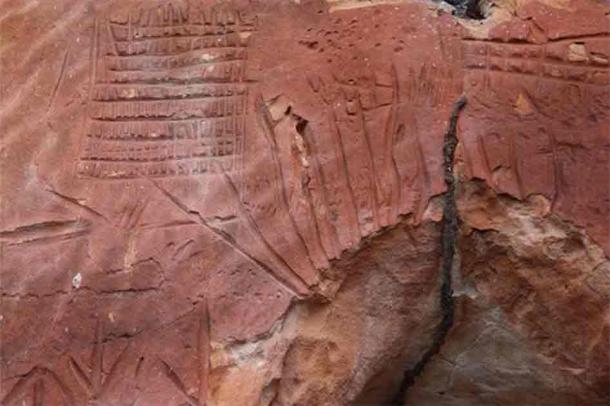
16 New Archaeological Sites Identified in the Cerrado of Central Brazil
The archaeology team at the National Historical and Artistic Heritage Institute (Iphan) in Tocantins, Central Brazil has identified and catalogued 16 archaeological sites in the Jalapão region, east of Tocantins. The area is made up of panels with pre-colonial rock art made by human groups probably two thousand years ago.
“Among the symbols engraved and painted on the rocks, human footprints stand out, footprints of animals such as deer and wild pigs, and figures that resemble celestial bodies”, explains the Iphan archaeologist in Tocantins, Rômulo Macedo, who has been in charge of missions carried out between 2022 and 2023 to investigate the existence of new sites in the region.
The archaeologist highlights that this cultural asset has been threatened by several factors. Wind erosion, vandalism, forest fires and deforestation are among the main threats to the identified sites. To minimize these impacts, Iphan initiated conservation and heritage education actions in the region, aiming to protect and promote this Brazilian cultural heritage.
- The Brazil Tablet: Dropped in the Jungle by Early Transatlantic Explorers?
- Does a Mysterious Manuscript Describe a Forgotten Malian Mausoleum in Brazil?

Close up of some of the 2,000-year-old inscriptions at Jalapão, Brazil. (Romolo Macedo/IPHAN)
Tocantins Archaeological Heritage
Recent discoveries expand the archaeological heritage of Tocantins. The state has great potential for archaeological research, now having numerous sites registered by Iphan. The discovered sites are part of a little-known archaeological complex located in Jalapão.
Human occupations in those areas date back to 12,000 years before present and formed archaeological sites during the pre-colonial period. Structures related to archaeology from this historical period can also be found, which are of significance to the history of occupation of the frontier between the Amazon Forest and the vast tropical savanna area of Central Brazil - the Cerrado biome.
- Megaliths Discovered in Brazil May Be an Amazonian Stonehenge Created By an Advanced Ancient Civilization
- Evidence of Gruesome 9,500-Year-Old Funerary Rites Found in Brazil
With the expansion of infrastructure works in the Amazon states, Tocantins is experiencing a significant increase in archaeological research carried out within the scope of environmental licensing. This has made it possible to collect data on areas previously unknown archaeologically, opening a whole new area of research. In this context, archaeological activity is being developed by companies that work to save heritage in areas impacted by economic enterprises.
Two actions are considered priorities: the systematization and socialization of knowledge about the assets found and the integration between archaeological and environmental licensing.
The above article is a press release by Brazil’s National Historical and Artistic Heritage Institute (Iphan), titled, ‘Iphan identifies 16 new archaeological sites in Tocantins’. Available at: https://www.gov.br/iphan/pt-br/assuntos/noticias/iphan-identifica-16-novos-sitios-arqueologicos-em-tocantins-1
Top image: Rock art at one of the 16 new archaeological sites identified in Tocantins, Brazil. Source: Romolo Macedo/IPHAN















